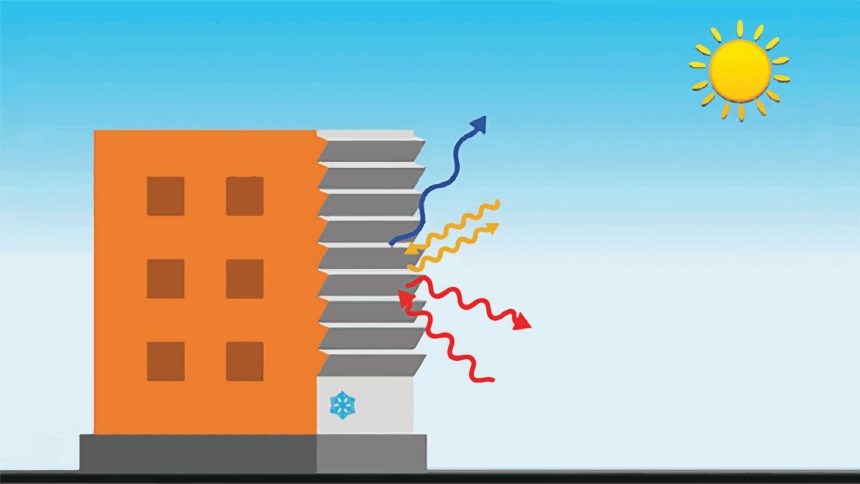Revolutionary Zigzag Wall Design for Cooler Spaces

A Unique Structural Approach to Temperature Regulation
Buildings often struggle with heat retention and absorption due to their flat exterior surfaces. However, a novel approach involving corrugated walls has shown impressive results in maintaining cooler indoor temperatures. These specially designed zigzag walls not only reflect solar radiation but also limit ground heat absorption, contributing to a more comfortable indoor environment.
Research indicates that structures with these innovative wall designs can achieve temperature reductions of several degrees compared to those featuring traditional flat walls. This significant decrease leads to lower energy costs associated with air conditioning and climate control.
The Science Behind Corrugated Architecture
The effectiveness of zigzag designs can be attributed to their geometric configuration. The irregular patterns disrupt the flow of thermal energy, effectively creating an insulative barrier that mitigates external heat intrusion. Unlike standard building techniques, which permit greater heat transfer from the surrounding environment, the corrugated surface minimizes solar gain during hotter months.
Statistical data from recent studies suggest that incorporating this type of architectural design could lead buildings to experience as much as 20% more efficient cooling performance than conventional methods.
Practical Applications and Future Potential
As urbanization continues at an unprecedented pace—forecasts imply that by 2050 nearly 68% of the global population will reside in cities—the demand for energy-efficient solutions becomes increasingly critical. Implementing zigzag wall technology is particularly advantageous for commercial developments where ambient temperatures can significantly affect occupant comfort levels and operational expenses.
Cities grappling with rising average temperatures would benefit immensely from adopting such innovative structural strategies, aligning improvement efforts with sustainable development goals by reducing reliance on fossil fuels.
Learn more about how cutting-edge architecture like zigzag walls is changing our built environments at this link.






